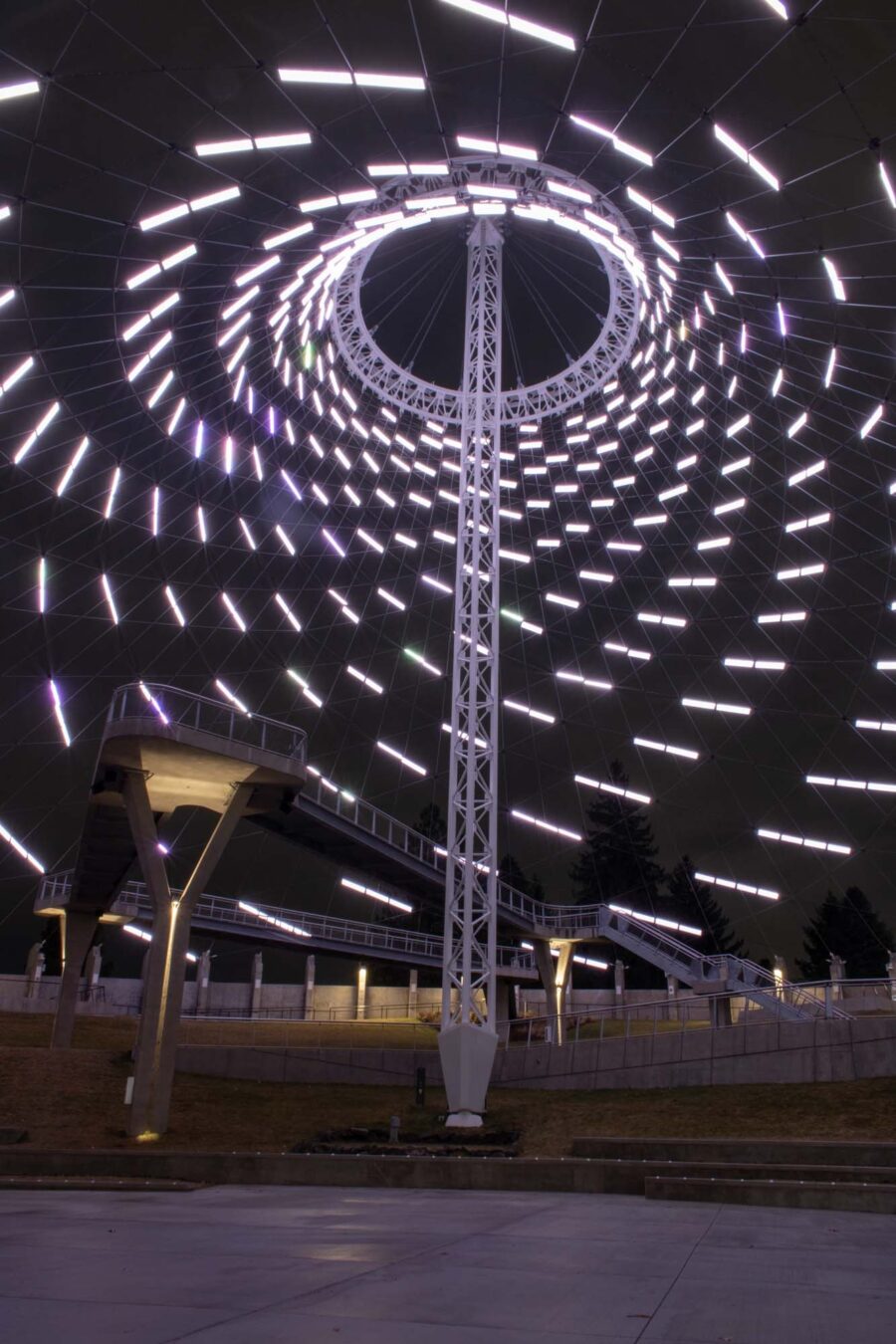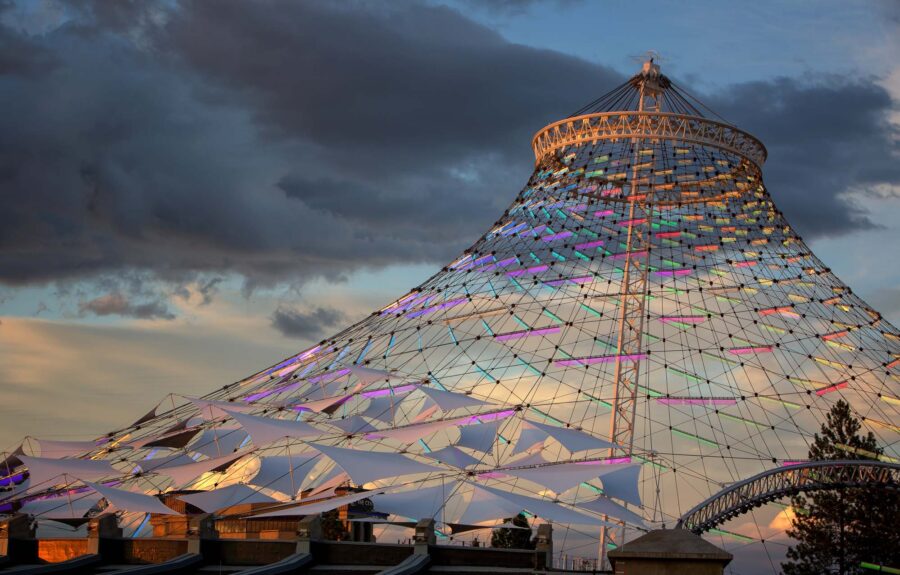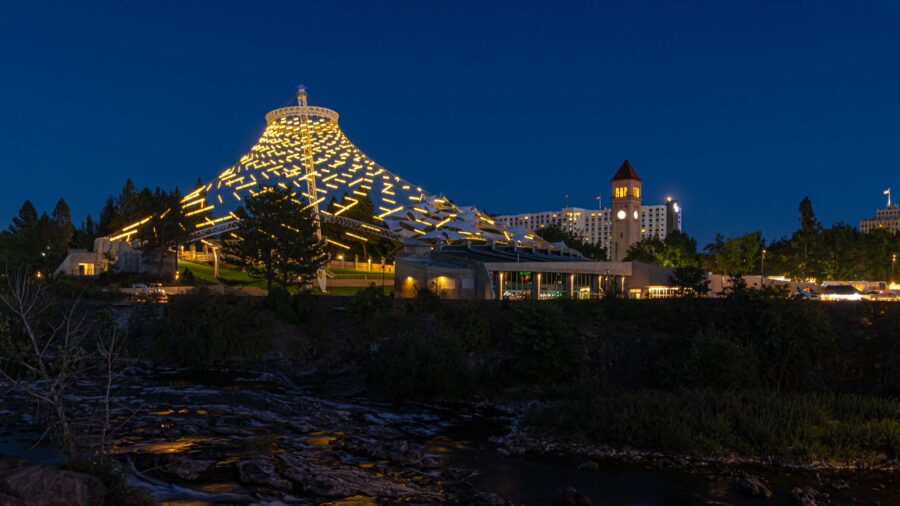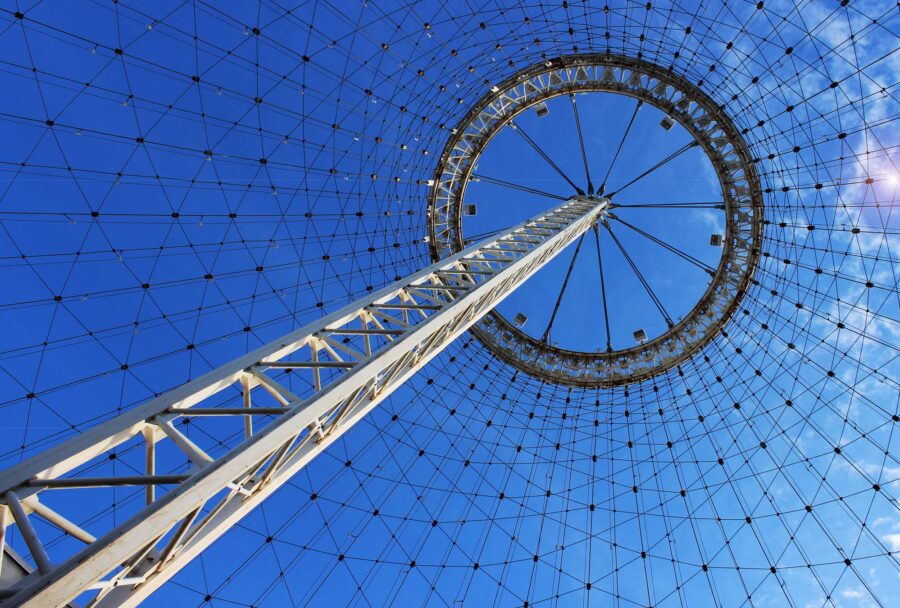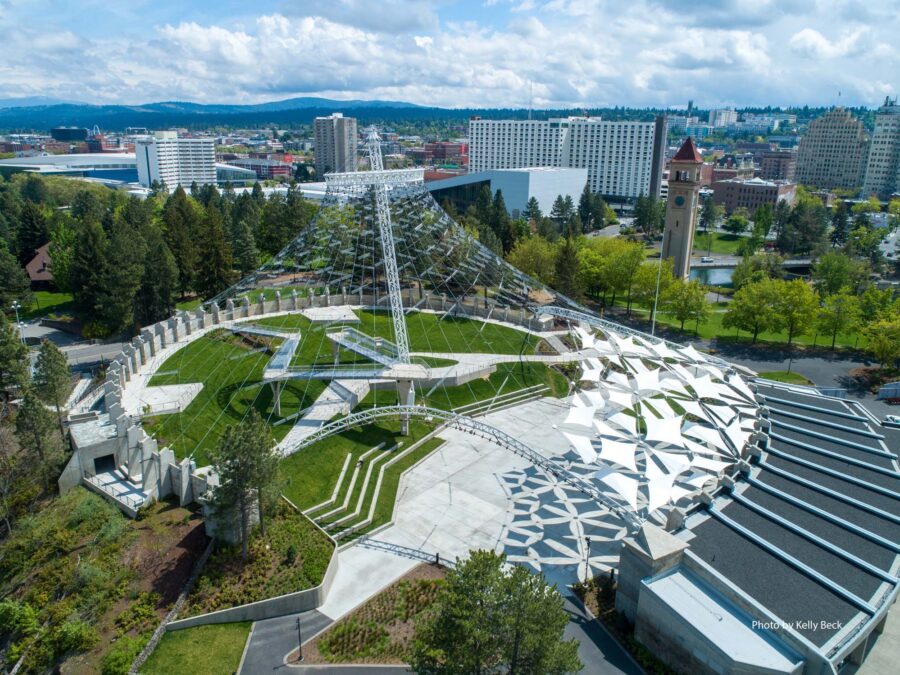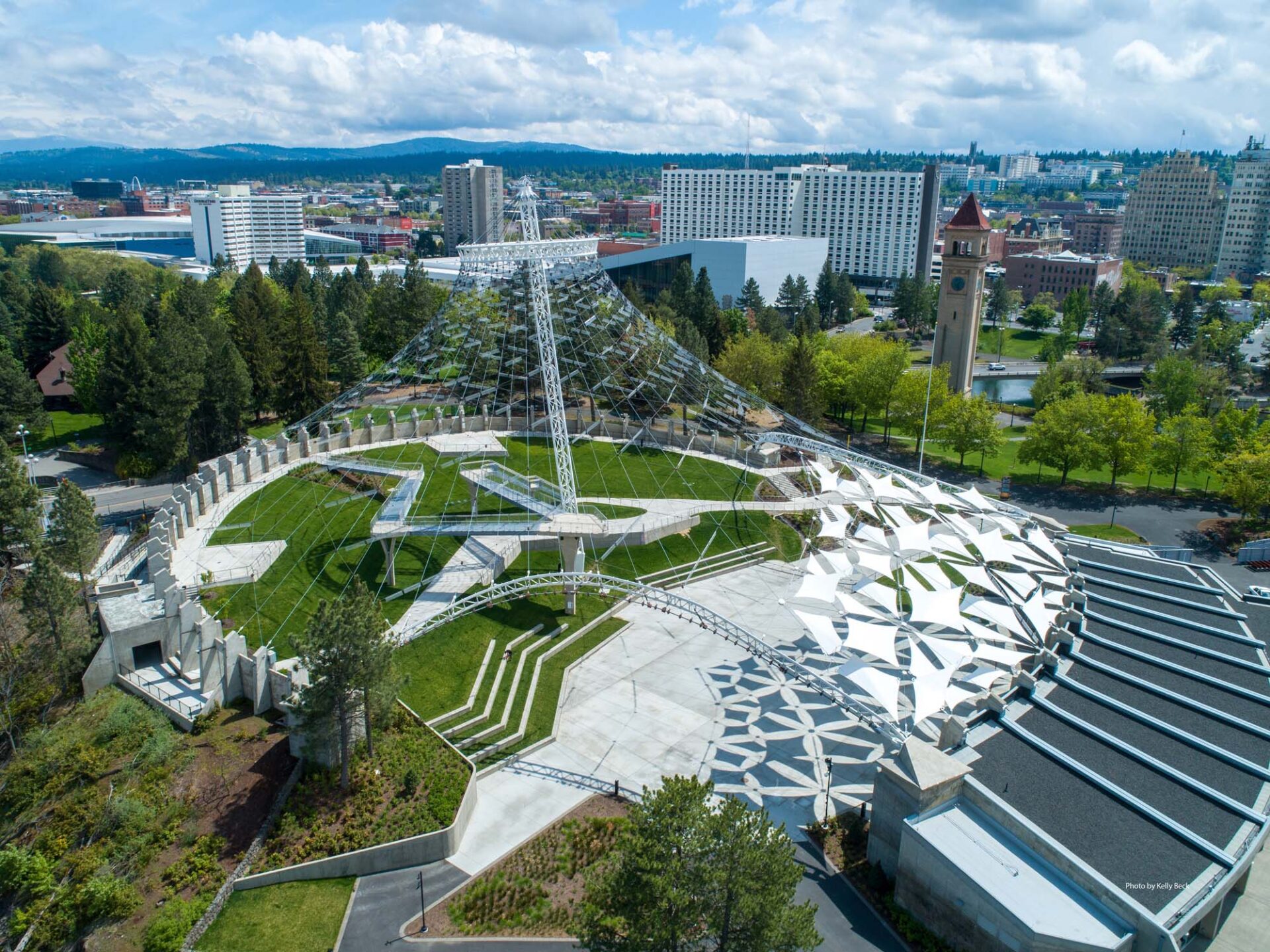
Location Spokane, WA
Client City of Spokane
Services Construction Management, Program Management, Project Management
Project Value $71 million
Hill is providing program management support services to the City of Spokane Parks and Recreation Division for the Riverfront Park Redevelopment Program. The redevelopment program included modernizing the site of the 1974 World’s Fair and creating a more inviting public space to accommodate a greater volume of visitors for community events. The centerpiece of the redevelopment program is the reimagining of the iconic U.S. Pavilion Event Center, located at the center of the park.
This project reestablished the U.S. Pavilion as the central gathering place both geographically and culturally within the city. Since Expo ’74, the U.S. Pavilion cable-net structure has been the most widely recognizable icon of Spokane. Unfortunately, after the fair, the U.S. Pavilion grounds had become cluttered with underutilized buildings and structures.
The master plan envisioned the U.S. Pavilion to be a year-round visual delight, blending passive and active uses to draw visitors to the heart of the park to explore and experience the natural beauty of the U.S. Pavilion’s riverfront setting. The U.S. Pavilion was to serve visitors of all ages, accommodate a variety of community-oriented events, and be a “lantern” for the Spokane community at night.
The original U.S. Pavilion consists of a 150 foot tall angled mast supporting a 50 foot diameter steel ring. A cable-net structure attached to the ring extends downward to a circular, buttressed concrete wall. Integral to the concrete wall on the west side is a 16,000 SF, 2-story concrete building. The footprint of the resulting circular enclosure is approximately 1.5 acres.
Work consisted of removing all structures added after 1974, renovating the west building, and creating an amphitheater below the cable-net structure. The scope also included inspecting and performing necessary maintenance on the 46-year-old structure as well as repainting the mast and metal ring. The project also involved creating community favorites: sunshades, light blades, and the “Elevated Experience.”
The U.S. Pavilion has won numerous awards. These include ENR’s 2020 Best of the Best for Landscape/Urban Development, NRPA’s 2020 Innovation Award, and an Honor Award from AIA’s Washington Chapter, among many others.
The greatest challenge for the team was accommodating the many programmatic changes needed to modify the Pavilion from a primarily passive-use facility to a large event venue. These changes started during the procurement phase and continued throughout construction. Central to Parks’ long-term goals was the need for the U.S. Pavilion to generate revenue by hosting different types of events, including small performances, and allowing for future adaptation. With fewer than 7 months before opening, Parks on-boarded a venue operator/promoter who identified substantive new needs and program changes, including increasing the seating capacity to 5,000 occupants.
These significant changes had the potential to derail the project, but with strong leadership from the designers, general contractor, and owner’s project management office, the project team rolled up their sleeves and leveraged the very collaborative and transparent nature of the design-build delivery method to address these changes in a fair and cost-effective way.
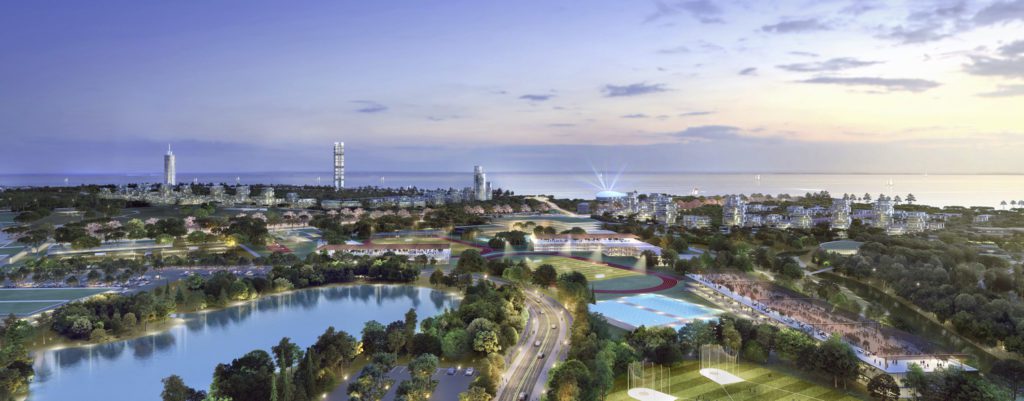
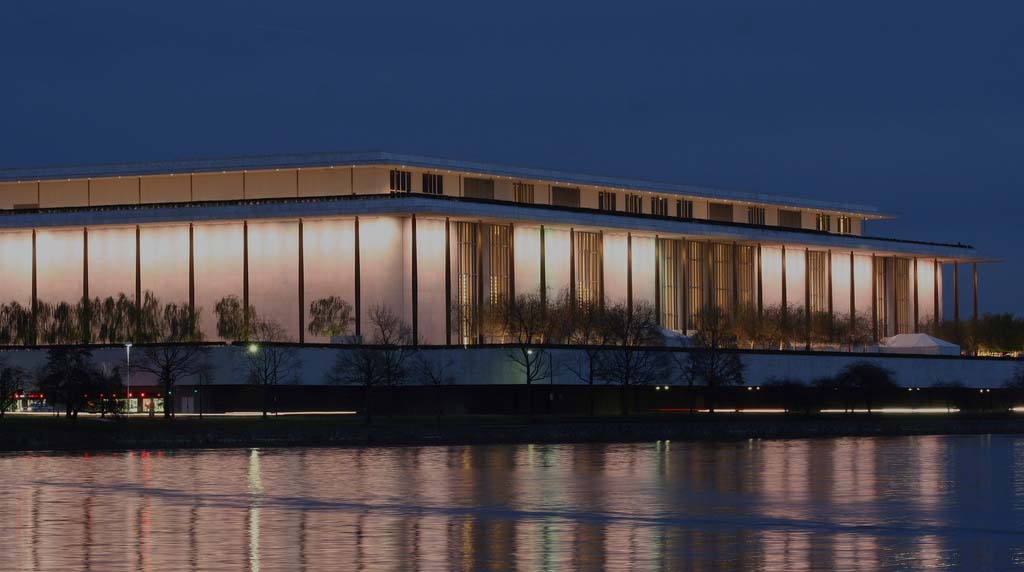
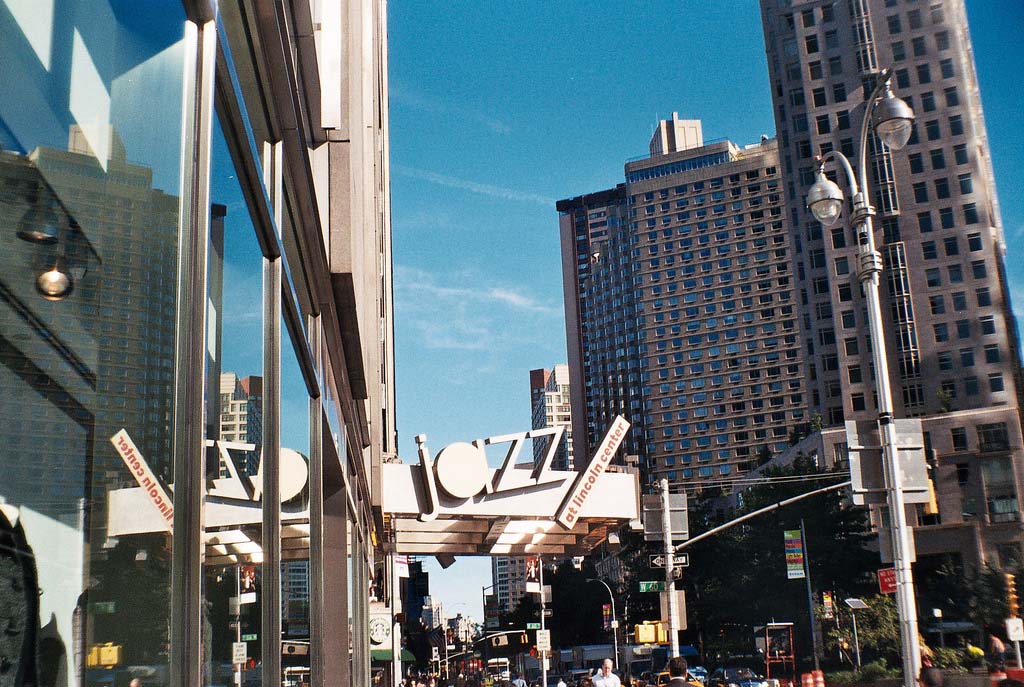
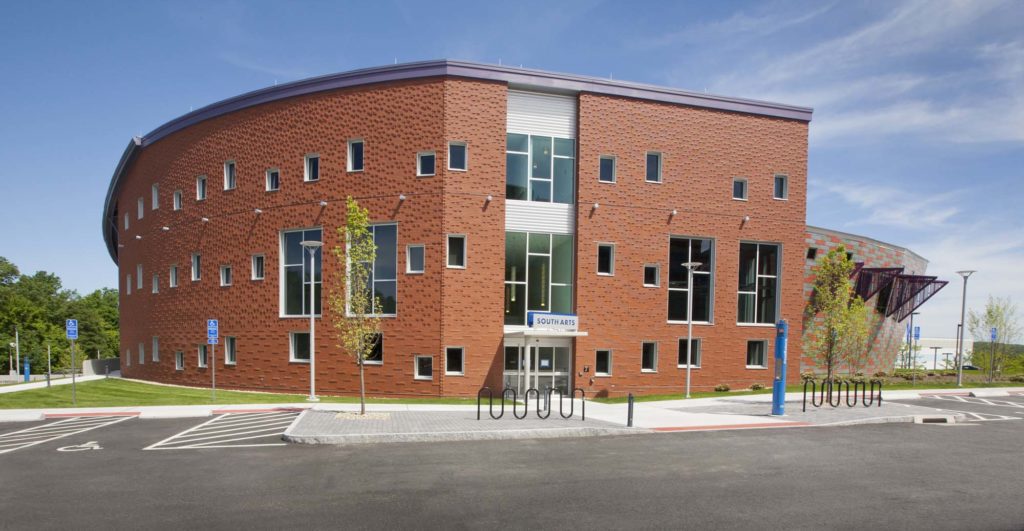
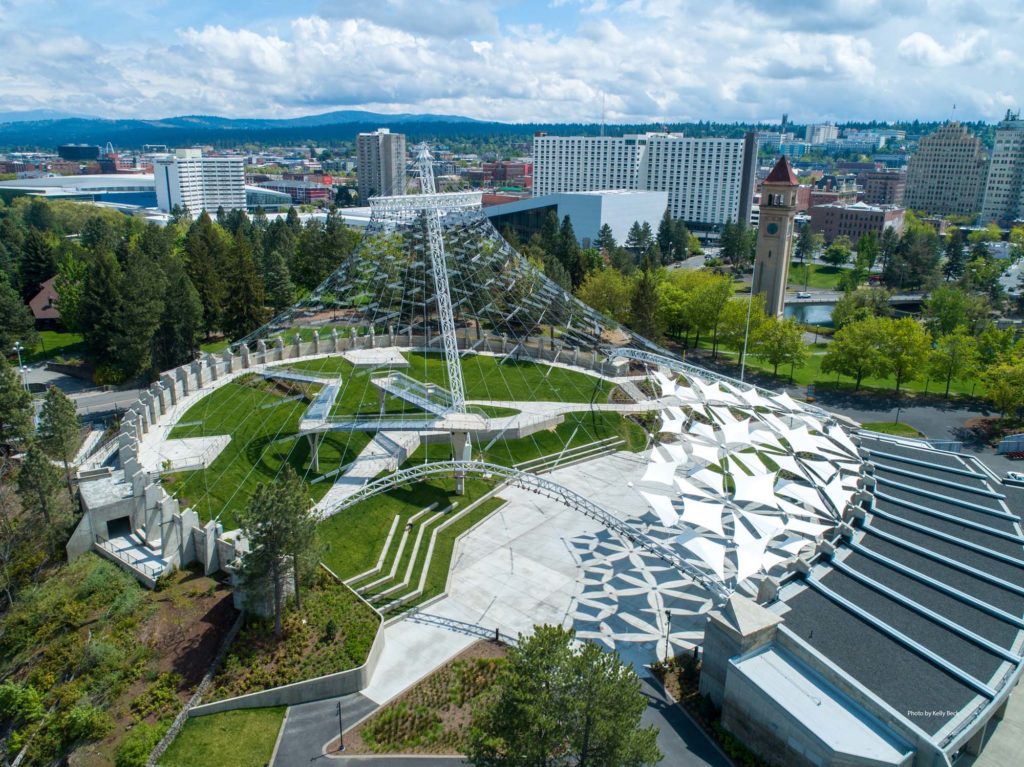
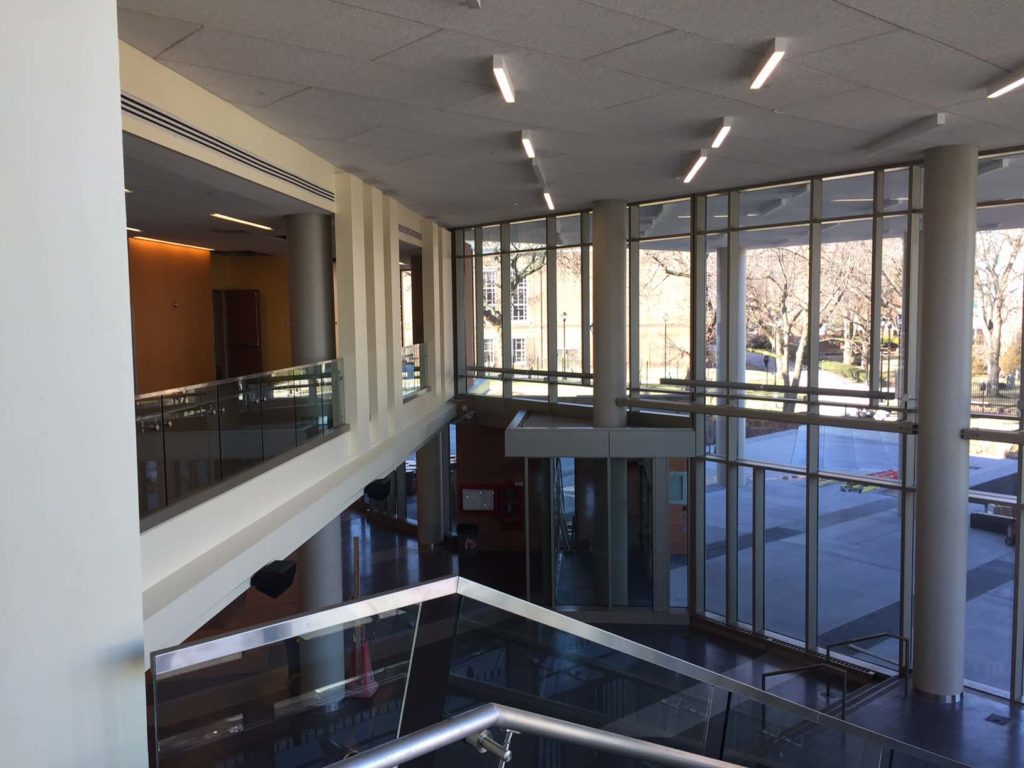
We and use cookies and other tracking technologies to improve your experience on our website. We may store and/or access information on a device and process personal data, such as your IP address and browsing data, for personalised advertising and content, advertising and content measurement, audience research and services development. Additionally, we may utilize precise geolocation data and identification through device scanning.
Please note that your consent will be valid across all our subdomains. You can change or withdraw your consent at any time by clicking the “Consent Preferences” button at the bottom of your screen. We respect your choices and are committed to providing you with a transparent and secure browsing experience.
| Cookie | Duration | Description |
|---|---|---|
| cookielawinfo-checbox-analytics | 11 months | This cookie is set by GDPR Cookie Consent plugin. The cookie is used to store the user consent for the cookies in the category "Analytics". |
| cookielawinfo-checbox-functional | 11 months | The cookie is set by GDPR cookie consent to record the user consent for the cookies in the category "Functional". |
| cookielawinfo-checbox-others | 11 months | This cookie is set by GDPR Cookie Consent plugin. The cookie is used to store the user consent for the cookies in the category "Other. |
| cookielawinfo-checkbox-necessary | 11 months | This cookie is set by GDPR Cookie Consent plugin. The cookies is used to store the user consent for the cookies in the category "Necessary". |
| cookielawinfo-checkbox-performance | 11 months | This cookie is set by GDPR Cookie Consent plugin. The cookie is used to store the user consent for the cookies in the category "Performance". |
| viewed_cookie_policy | 11 months | The cookie is set by the GDPR Cookie Consent plugin and is used to store whether or not user has consented to the use of cookies. It does not store any personal data. |

